Japan has carried out its first-ever discharge of nuclear waste into the Pacific Ocean , amid protests from neighboring countries and fishermen.
At 1 p.m. (11 a.m. Hanoi time), Japan discharged treated nuclear wastewater from the Fukushima Daiichi plant through a one-kilometer-long underground drain into the sea. The plant's operator, Tokyo Electric Power Corporation (TEPCO), carried out this operation when sea and weather conditions were stable.
TEPCO will release a total of 7,800 tons of water into the ocean over the next 17 days, 24 hours a day starting today. This is the first of four releases planned for fiscal year 2023 (from now until March 2024), with an expected release of 31,200 tons of water.
International Atomic Energy Agency (IAEA) inspectors are present at the plant to carry out relevant procedures. TEPCO staff then took water and fish samples for analysis, with results expected to be announced "as early as tomorrow".
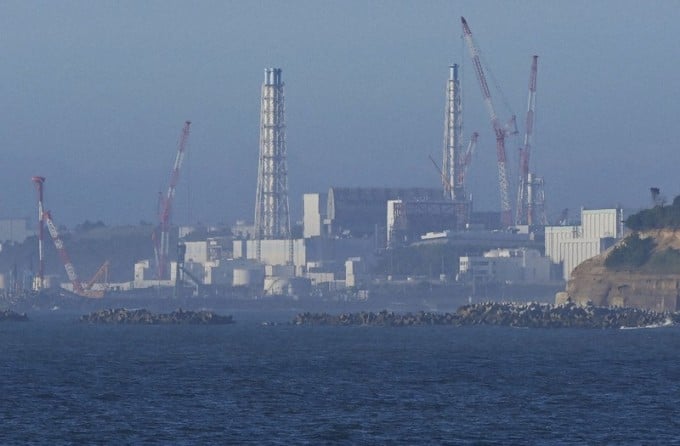
Fukushima plant seen from Namie on August 24. Photo: Kyodo
Japan suffered a double disaster in March 2011 when an earthquake and tsunami hit the Fukushima Daiichi nuclear power plant. TEPCO, the plant's operator, had to treat about 1,000 steel tanks containing 1.34 million tons of contaminated water used to cool the reactor.
With no more land left for reservoirs and space needed to be cleared, Japanese authorities began planning in 2021 to gradually discharge treated wastewater into the sea. The water is filtered and thoroughly diluted, removing radioactive isotopes, leaving only tritium, one of two radioactive isotopes of hydrogen.
Japan sets the limit for tritium concentration in wastewater at 1,500 Bq/l (becquerel/liter), seven times lower than the WHO recommended level of 10,000 Bq/l for drinking water.
Tokyo and the IAEA said the water would be released gradually over decades. With a planned release of 31,200 tonnes of wastewater into the sea in fiscal 2023, the amount of tritium released into the sea would be about 5 trillion Bq.
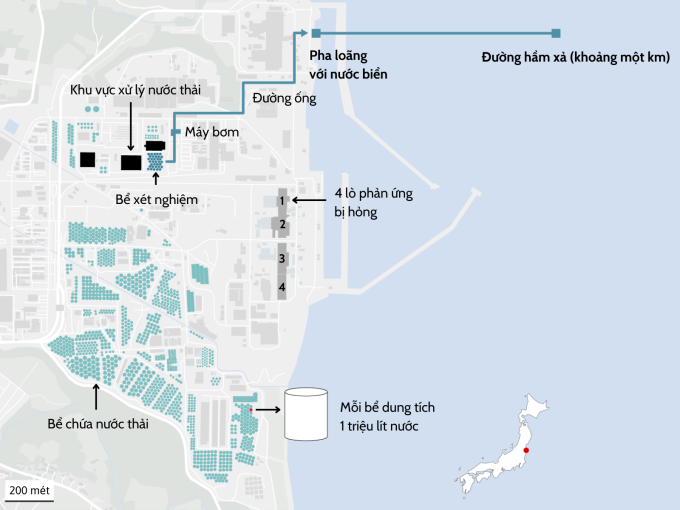
Nuclear wastewater discharge system into the sea at the Fukushima plant. Graphics: Reuters
Japan's waste disposal plan has faced opposition from the country's fishing unions, as well as neighbors like China and the South Korean opposition.
After Prime Minister Fumio Kishida announced the date for the discharge, China summoned the Japanese ambassador to "sternly lodge a protest" and warned that Beijing would "take necessary measures to protect the marine environment, food safety and people's health."
Japanese Ambassador Hideo Tarumi expressed regret at China's stance, but said Tokyo was willing to maintain communication with Beijing even after the discharge.
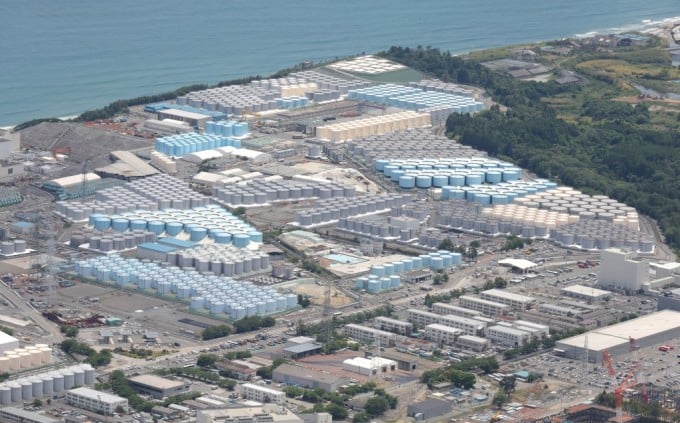
Nuclear wastewater tanks at the Fukushima plant seen from above, May 31. Photo: AFP
Duc Trung (According to Youmiuri, AFP, Kyodo )
Source link








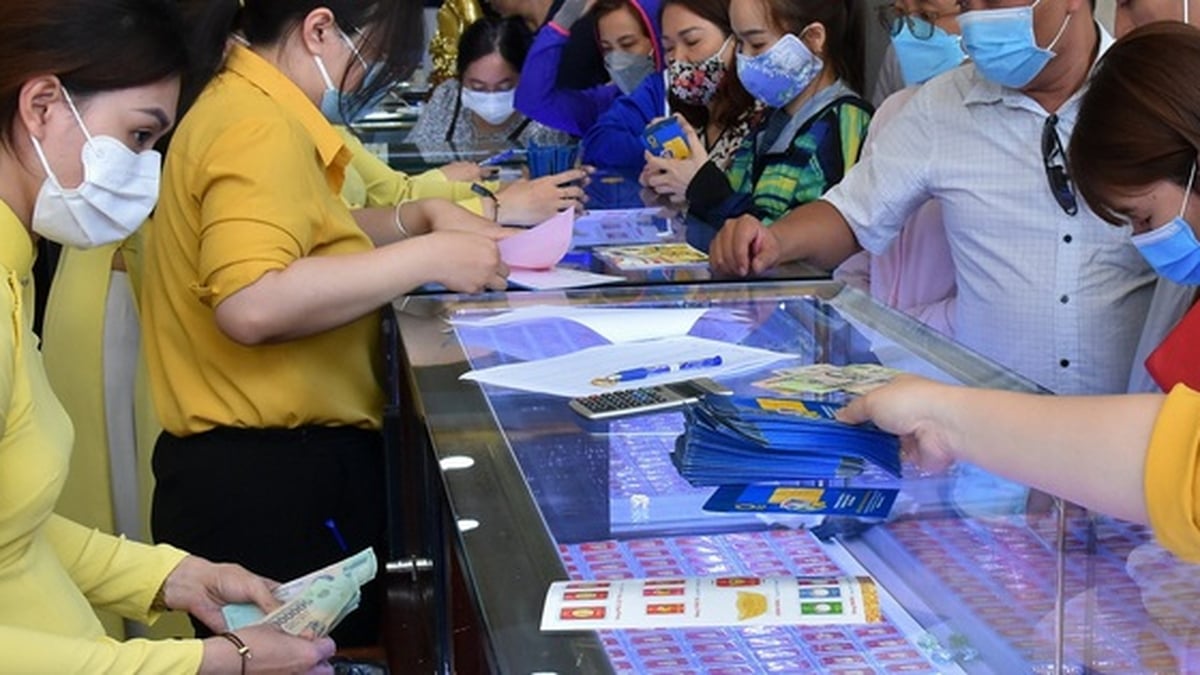
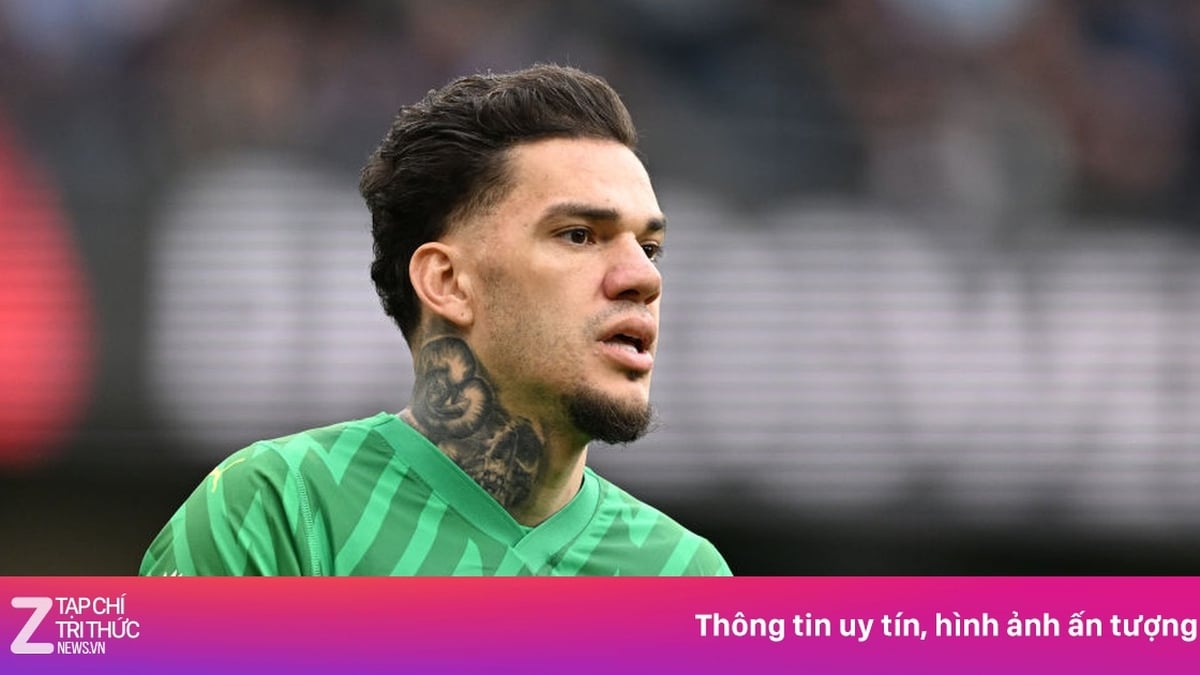












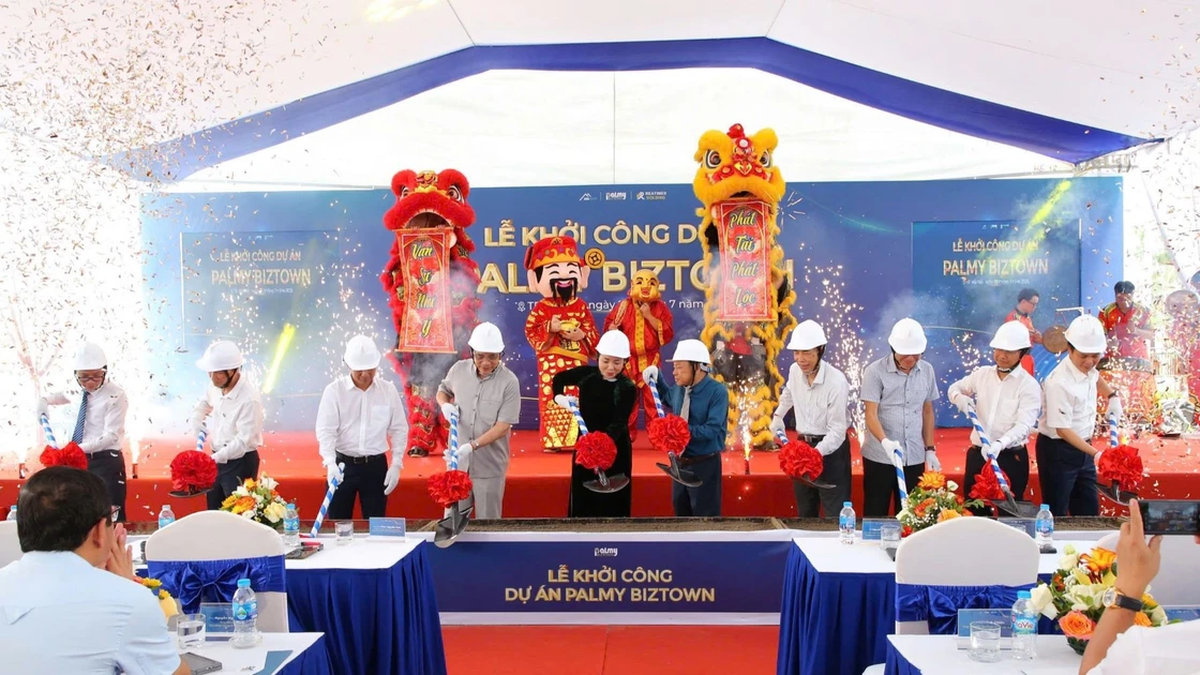

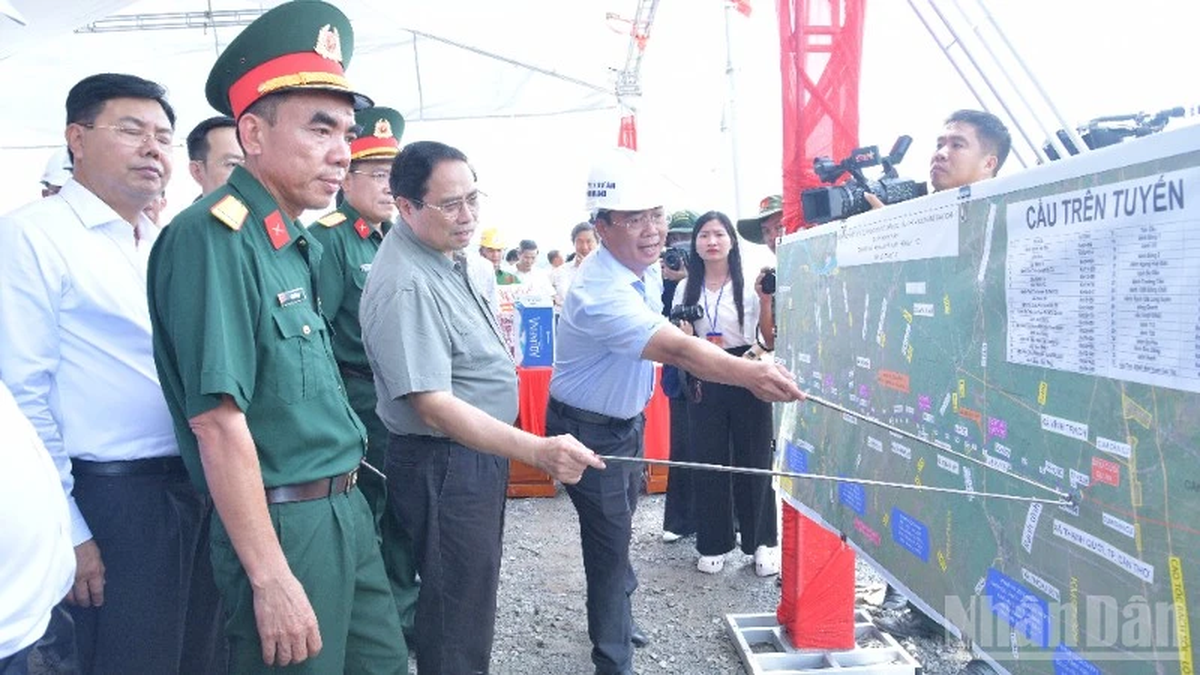
![[Infographic] Vietnam-Senegal traditional friendship](https://vphoto.vietnam.vn/thumb/1200x675/vietnam/resource/IMAGE/2025/7/23/4c96a604979345adb452af1d439d457b)





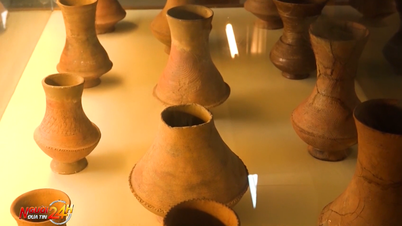

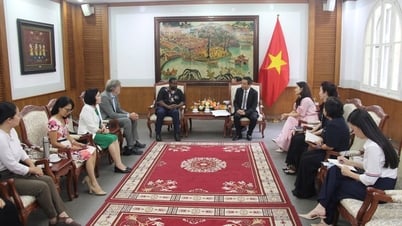


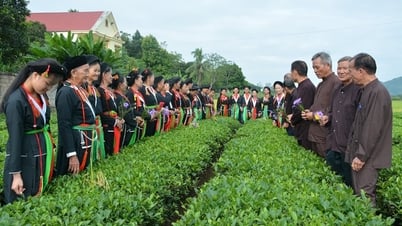






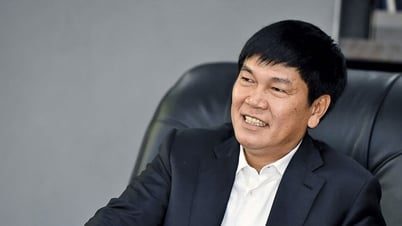



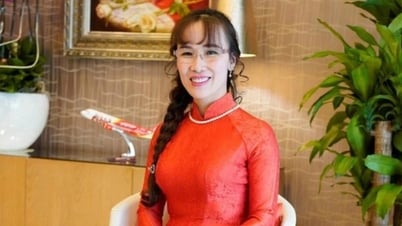

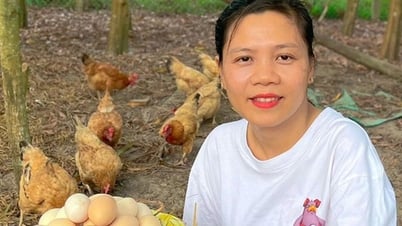

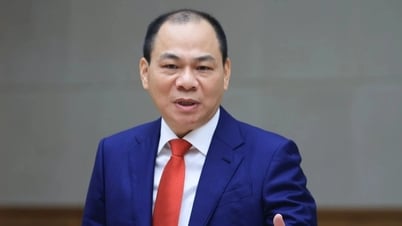


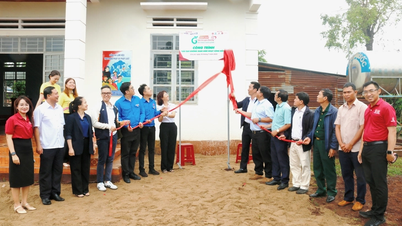




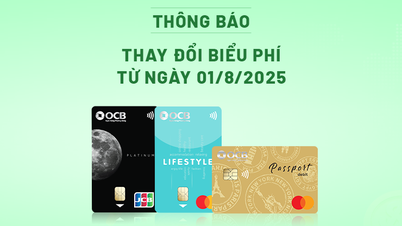




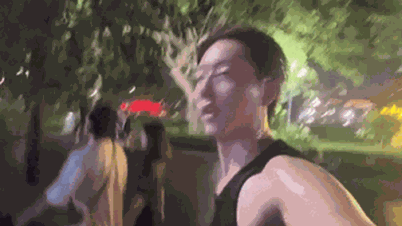





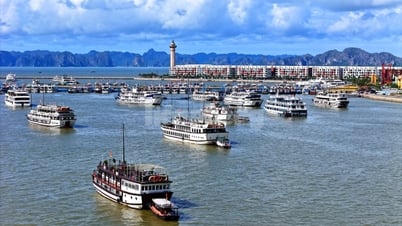

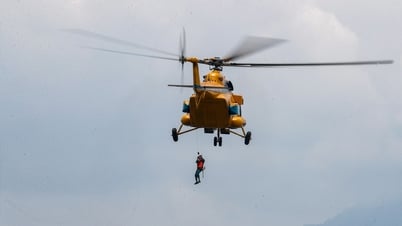

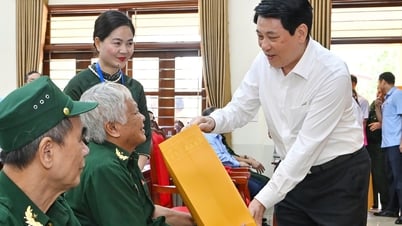



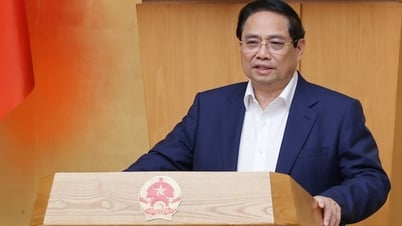












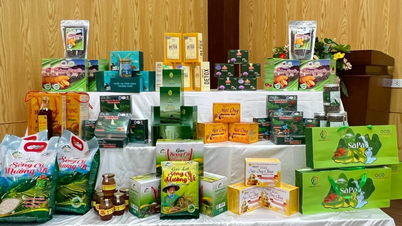

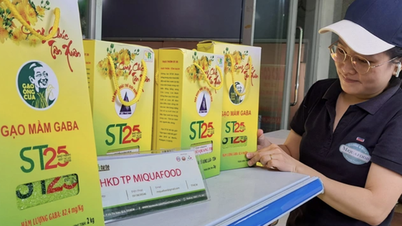











Comment (0)